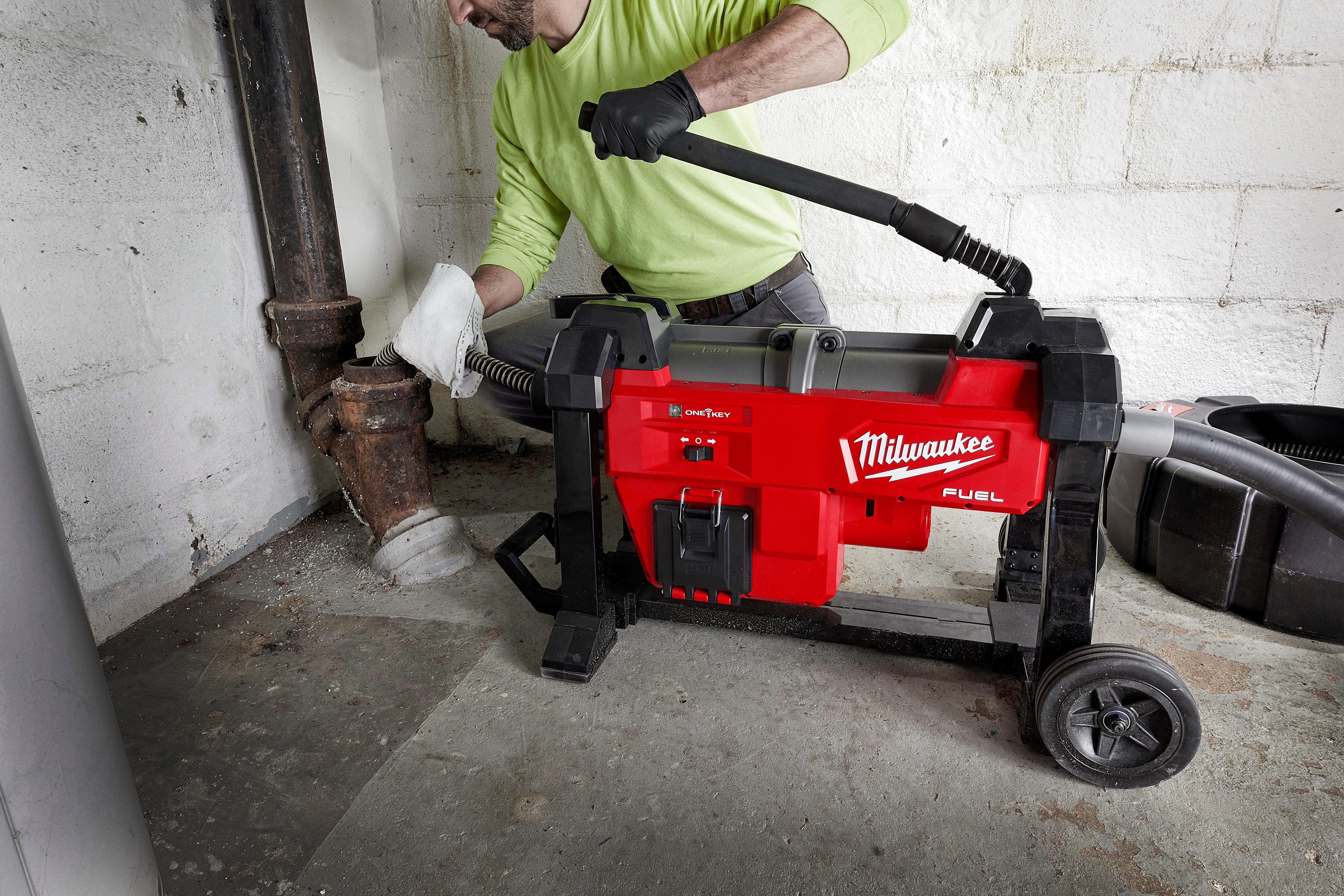
One of the most pressing lessons of the last several decades is that we need to reimagine our collective and personal relationships with the environment. It’s now clear that the infrastructure we rely on in our day to day lives will need to evolve if we are to survive the planetary changes that lie ahead. A lot of the focus is on transforming the energy grid. Another system in need of an eco-friendly overhaul is our plumbing.
So, how does plumbing affect the environment? It’s a harsh but plain reality that because of climate change, water conservation is going to be exponentially more important in the years to come. Even under “normal” conditions, life sustaining water is fairly hard to come by. Though 71% of the Earth is water, only 3% is freshwater (drinkable by humans), and 2.5% of that is locked away in glaciers and polar ice caps, or too polluted for use.
Many regions in the Global South already experience extreme water shortage. The situation may seem unthinkable in wealthy nations where the quick and easy availability of drinkable water in the household is taken for granted. But climate change is leading to drastic shifts in the patterns and distribution of rainfall all over the globe, including right here at home. By 2025, more than half the world’s population will experience water shortages. In some areas of the United States, climate change will lead to more floods, while in others the result will be a higher frequency of serious droughts, particularly in the Southwest. Over time, aridification destabilizes agriculture, creates more wildfires, and yes, constricts our already limited supply of drinking water. One need only look back to the drought of 2012—when a staggering 81% of the contiguous US experienced abnormally dry conditions—to understand that even at home, water is becoming an increasingly precious and scarce resource.
Now for the good news: there’s a lot we can do about the bad news. National climate change policy has yet to catch up with reality, but we already have all the tools and ingenuity we need to create localized plumbing systems that make more mindful use of our water and are less destructive to the environment. For those anxious to take the leap, there’s a whole world of more sustainable plumbing practices, ideas, and technology out there waiting to be explored.
Explore more Sustainable Construction Examples!
What Are Some Environmentally Friendly Plumbing Options?
There are numerous sustainable plumbing solutions, ranging from installing green plumbing fixtures, like a tankless water heater, to full-fledged sustainable plumbing systems. Below, we’ll discuss some of the solutions available, as well as their advantages, such as how green plumbing can help save you money—a win for you and the environment!
The Need to Optimize Water Recycling
The US Geological Survey estimates that the average person uses 80-100 gallons of water per day. But what if you could reuse some of that water? Not only would you save money on your monthly utility bills, you’d also be practicing a sensible form of water conservation.
Sustainable Plumbing Design: Grey Water Recycling
The term “grey water” refers to gently used water. This is the byproduct of washing up in your sinks, showers, tubs, and laundry machines. Unlike “black water” (sewage), grey water doesn’t come in contact with human waste. While grey water likely contains hair, grease, skin cells, bacteria, and cleaning products, its comparatively lower level of contamination means that—under the right conditions—it can be safely and cheaply recycled for irrigation and other purposes. In fact, homes that install grey water recycling systems can save as much as 40,000 gallons of water per year.
The first step is to change your soaps, detergents, and other cleaning products to environmentally friendly alternatives to make your household’s grey water safe for reuse. If you can clear this initial hurdle, you’re well on your way to being able install a greywater recycling system for lawn irrigation and flushing your toilet. It’s important to note that recycled grey water is not safe for drinking or reuse in gardens with edible vegetation. Consider however that nearly a third of all residential water use nationwide is for lawn care, at an astonishing rate of about 9 billion gallons per day.
You can purchase a grey water recycling system or design and build one to your own liking. Prefabricated systems are convenient and easy to use, but they can be relatively expensive, costing anywhere from $400 to $2,000. DIY systems require a bit more technical skill to pull off, but can be cheaper and just as effective as their manufactured counterparts if put together correctly. Whichever path you choose, you can set up your greywater recycling system to automatically trickle out to your lawn, trees, and flower beds every time you take a shower or rinse your hands in the sink.
Green Plumbing Systems: Wastewater Recycling
Several nations—including Australia, Israel, and South Africa—have had to put more drastic water conservation efforts into action. Driven by arid climates and strained infrastructure, these regions have begun using wastewater recycling systems to replenish their limited water supplies. Roughly 4 million Americans in Texas, Arizona, California, and several other states also currently get some of their water from recycled wastewater.
Wastewater recycling is exactly what it sounds like. The topic is bound to raise some eyebrows, and while the stigma remains an obstacle to be overcome in some of the countries that have deployed it, the technology does indeed exist to safely reuse sewage (or “black water”) for a variety of purposes, including as a viable source of drinking water.
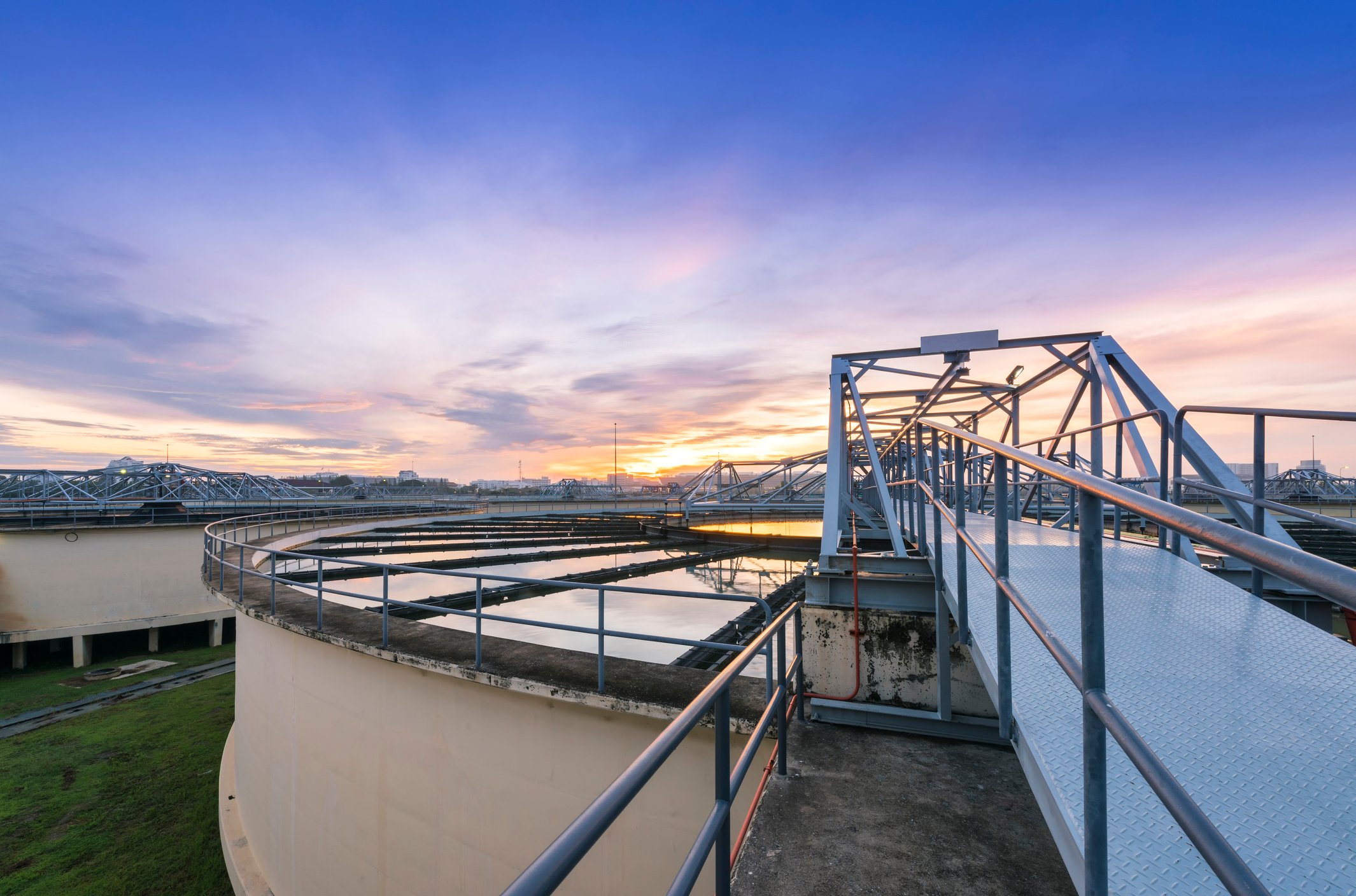
The process goes a little something like this: The waste solids are removed, the majority of contaminants are filtered out via reverse osmosis, and any remaining microbes or disease causing pathogens are sterilized with ultraviolet light. It’s not a cheap process, but it is at least in comparison to the massive energy and monetary cost of running a desalination plant, another technology currently being used to convert seawater to freshwater in states like California.
Though not as common as grey water recycling, systems do exist to reuse waste water within the household. Similar to grey water, recycled waste water is not safe for human consumption on a domestic scale, and should instead be reused for lawn irrigation or rerouted for flushing the toilet. An additional environmental benefit to both grey and waste water recycling: it keeps the tainted water from circulating into rivers and streams.
Energy Efficient Plumbing Systems: Water Efficient Fixtures
Another great way to create a more sustainable plumbing system is to install fixtures that use less water. To assist consumers, the Environmental Protection Agency has developed the WaterSense label to identify high-performance plumbing products that are certified as in compliance with more environmentally friendly water efficiency standards. Since the label was created in 2006, consumers who use WaterSense certified products have saved more than 4 trillion gallons of water and $87 billion in utility costs per year.
Here’s a quick rundown of how you can use water-efficient fixtures to create a more sustainable plumbing system in your home.
Toilets
The EPA estimates that about 30% of a household’s water is used flushing toilets, with older toilets averaging about six gallons per flush. WaterSense certified toilets can reduce a household’s water use by 20-60%, saving as much as 13,000 gallons per year. Instead of flushing away half a dozen gallons at a time, they require only 1.28 gallons per use.
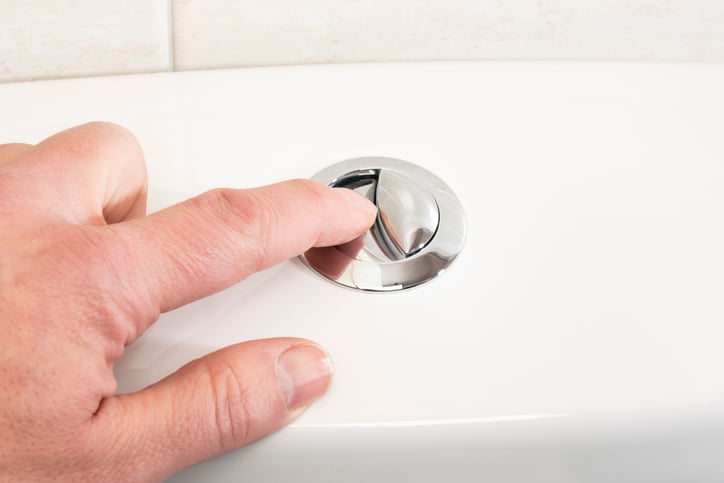
“Nationally,” the EPA’s website reads, “if all old, inefficient toilets in the United States were replaced with WaterSense labeled models, we could save 360 billion gallons of water per year, or the amount of water that flows over Niagara Falls in about 9 days.”
For those truly committed to water efficiency, another great option is to use a composting toilet, which doesn’t use any water at all.
Sinks and shower heads
Newer water efficient sinks can save household’s about 700 gallons of water per year. You can also retrofit an older sink to make it more water efficient by purchasing a WaterSense certified aerator for as little as three dollars.
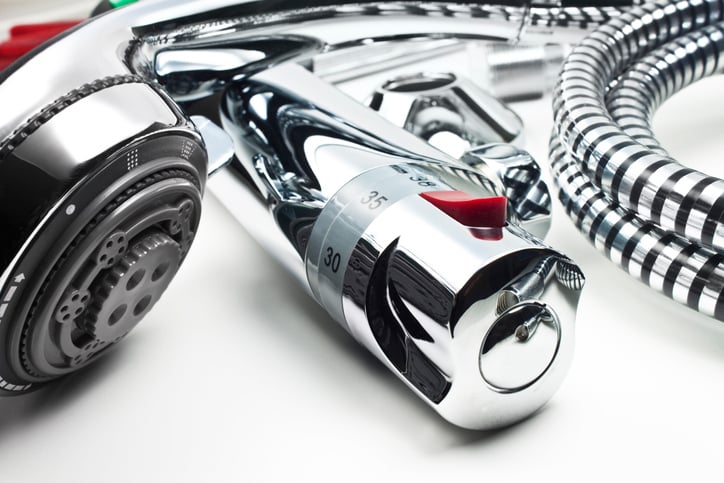
Nothing beats using less water in the shower like taking fewer and shorter showers. You can save even more water while bathing by purchasing a low flow shower head that uses less than 2.5 gallons per minute. The EPA estimates that the average family could save as much as 2,700 gallons of water per year by installing water efficient shower heads.
Dishwashers and washing machines
Energy Star certified dishwashers can run on as little as three gallons of water at a time, saving about 10 gallons of water per use, or up to 5,000 gallons per year compared to non-Energy Star dishwashers.
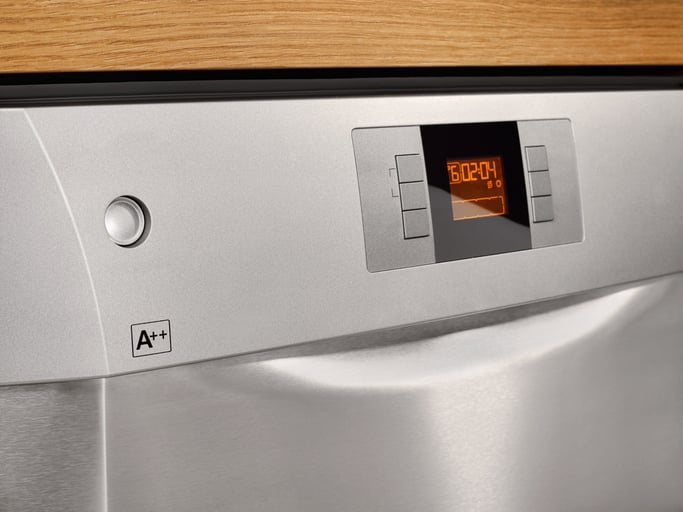
Interestingly enough, it’s more water efficient to use a modern Energy Star dishwasher than it is to wash dishes by hand, which can take up to 27 gallons of water per load. You can also save 33% more water and spend 25% less on electricity with an Energy Star certified washing machine.
PEX piping
So far we’ve talked about how new systems and fixtures can be installed to create more water efficient and eco-friendly plumbing networks. Another way to increase the sustainability profile of your plumbing is to overhaul the network itself. Modern water pipes have evolved over the years from galvanized steel, PVC, and copper tubing. One of the more recent advances is a relatively cheap type of flexible plastic tubing called cross-linked polyethylene, or PEX for short.

Rust and corrosion resistant, PEX pipes can last for up to 100 years. Any manufactured materials leave a carbon footprint behind, but research shows that PEX has a lower overall environmental impact compared to other types of piping. The ability of PEX pipes to withstand extreme temperatures also makes them ideal for use in hydronic radiant floor heating systems, a more energy efficient method for supplying heat to a home. And while the practice isn’t widespread as of yet, PEX pipes can be broken down and recycled when they reach the end of their lifecycle.
Tankless water heaters
Most homes store and heat their water in big 80 gallon tanks. But what if you could get the same amount of hot water without using a tank at all? Tankless, or on-demand water heaters, involve the installation of a small water heating unit close to the kitchen sink, shower, dishwasher, or any other appliance that might need hot water.
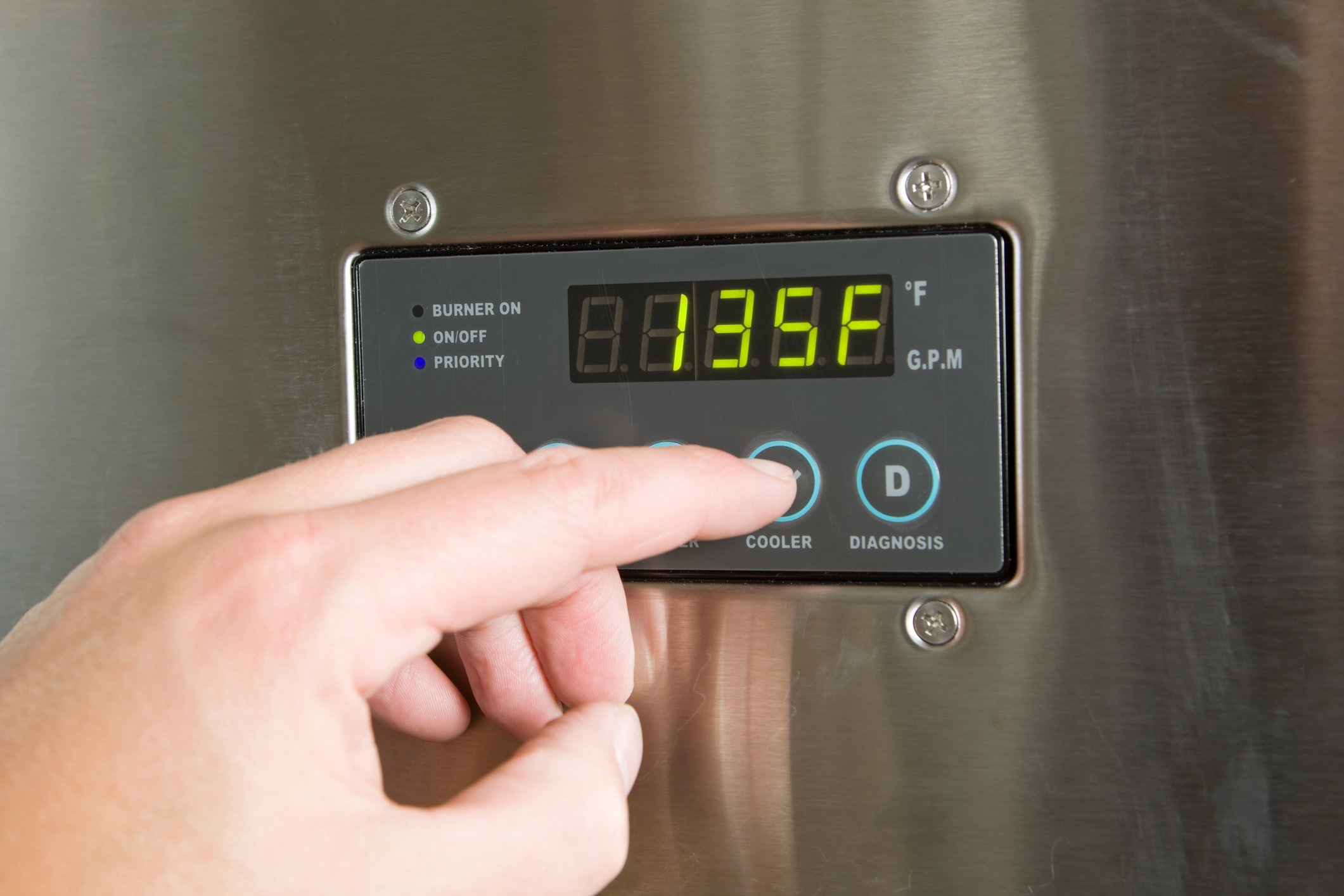
The water is heated only as needed, passing through the pipes and into the on-demand unit, where a heating element raises it the desired temperature before routing it to a faucet or showerhead. Depending on how much water a household uses, tankless water heaters can be almost 35% more energy efficient than conventional water tanks. You can increase the efficiency of a tankless system even more by installing an on-demand heating unit near each fixture or cluster of appliances where hot water is needed.
Solar thermal systems
You’re probably familiar with how solar photovoltaic panels can be used to convert sunlight to electricity. But did you know that the sun can also be used to heat the water in your home?
Similar to solar power, solar thermal systems involve the placement of panels on the rooftop of a home. In a direct circulation system, these piped panels contain water which gets heated by the sun and is then redirected for use in the home’s water supply. In an indirect circulation system, the panels instead contain a transfer fluid (often a mixture of water and antifreeze) that is heated by the sun and then routed to heat exchanger coils within a connected water tank, where the water is indirectly heated and put into circulation.
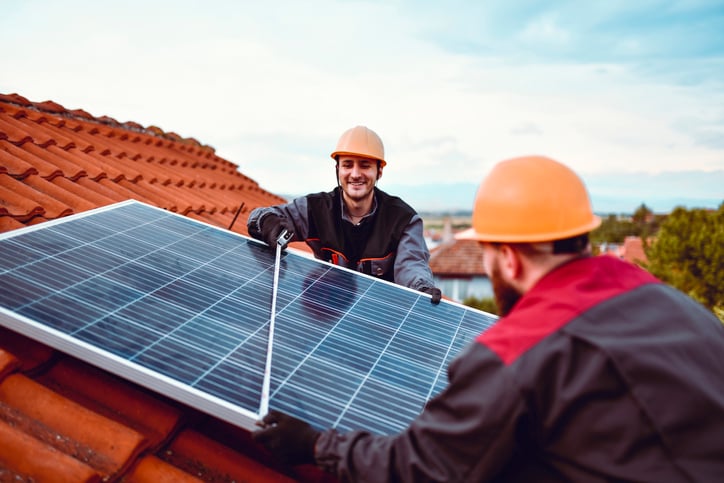
The benefit of these systems is that they’re a free source of water heating: Solar thermal systems are estimated to provide between 70 -100% of a home’s hot water needs. They’re also yet another innovative way to heat your home. On the downside, they can be expensive to install and the roof space may be better utilized for solar photovoltaics, which are more efficient at offsetting electricity costs. They’re also complicated to set up: Besides the panels, solar thermal systems include pumps and valves to move the heated water from the tank to the various hot water fixtures throughout a home’s plumbing network. That said, if money and space aren’t an issue and you’re committed to finding creative ways to transform your plumbing system into something that’s more energy efficient and eco-friendly, a solar thermal plumbing system may be right for you.
Investing in newer, more efficient, and eco-friendly technologies is a great first step toward creating more sustainable plumbing systems. It’s easy to take for granted when we’re scrubbing dishes at the kitchen sink or enjoying a hot shower, but water is a vital resource that we have to cherish and protect. At the end of the day, the best way to begin building the plumbing infrastructure of tomorrow is to transform how we think about water and the other delicate systems we rely on to sustain life on earth.
Plumbing Equipment Innovations for Plumbing Contractors
While sustainability in plumbing starts from design—integrating eco-friendly plumbing fixtures and intricately planned sustainable plumbing systems—it’s important for the plumbing contractors installing and maintaining these systems to use equipment equally environmentally friendly.
For example, cordless plumbing installation tools offer innovations to keep operators safe, unmatched precision, and improved ergonomics that help boost productivity and ensure installations are performed to spec. We’ve developed a number of Uponor® ProPEX® compatible solutions across our cordless platforms, including M12 FUEL™ and M18 FORCE LOGIC™ to help install environmentally friendly piping. But on top of that, new-to-world innovations like battery-powered sewer drum machines deliver enhanced experiences while moving away from gas-powered emissions that cause dangerous gas headaches and are bad for the environment.